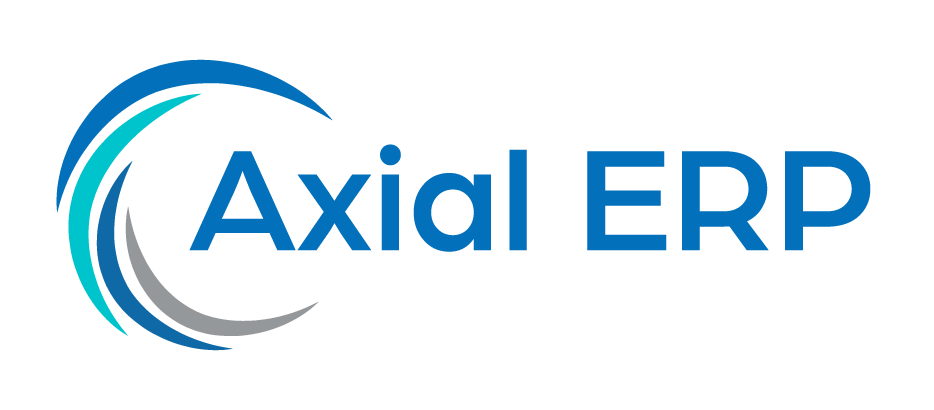Expert Perspectives: Aligning Your ERP with Business Strategic Objectives
In the modern business world, aligning enterprise resource planning (ERP) systems with a company’s strategic objectives is essential to ensure long-term success and sustainability. A well-implemented ERP can transform a company’s operations, improve efficiency, and provide a significant competitive advantage.
What is an ERP and Why is it Important?
An ERP system is an integrated software that manages and automates many of the business processes related to a company’s production and distribution operations. This type of system aims to centralize information, facilitate decision-making, and optimize business workflows.
Strategic Alignment of ERP
Strategic alignment involves integrating a company’s business plan with its information technology. This means that the ERP system must be configured and used in a way that directly supports the company’s objectives and goals.
Understanding Business Objectives
To align an ERP with business objectives, it is crucial to first understand what the organization seeks to achieve. These objectives may include market growth, operational efficiency, improved customer service, or product innovation.
Customizing the ERP
Once the objectives are understood, the next step is to customize the ERP to meet those specific needs. This may involve configuring specific modules, integrating with other tools, or creating custom reports.
Training and Adoption
The best technology is useless if employees do not know how to use it effectively. Therefore, training and user adoption are critical aspects of aligning the ERP with business objectives.
Measurement and Continuous Adjustment
Alignment is not a one-time process. It is necessary to continuously measure performance and make adjustments to ensure that the ERP remains relevant and contributes to strategic objectives as they evolve.
Benefits of Strategic Alignment of ERP
The benefits of aligning your ERP with business objectives are numerous and can have a transformative impact on the organization. Some of these benefits include:
- Improved operational efficiency
- Cost reduction and increased profitability
- Better data-driven decisions
- Greater agility and responsiveness to change
- Enhanced competitive advantage
Challenges in ERP Alignment
Despite its benefits, aligning ERP with strategic objectives is not without its challenges. Some of these challenges may include:
- Resistance to change from employees
- Complexity in integrating legacy systems
- Implementation costs and time
- Difficulties in managing organizational change
Key Takeaways
Aligning an ERP system with a company’s strategic objectives is a critical process that requires understanding, customization, training, and continuous adjustments. Despite the challenges, the potential benefits make this effort essential for any organization seeking to optimize its operations and remain competitive in the current market.



